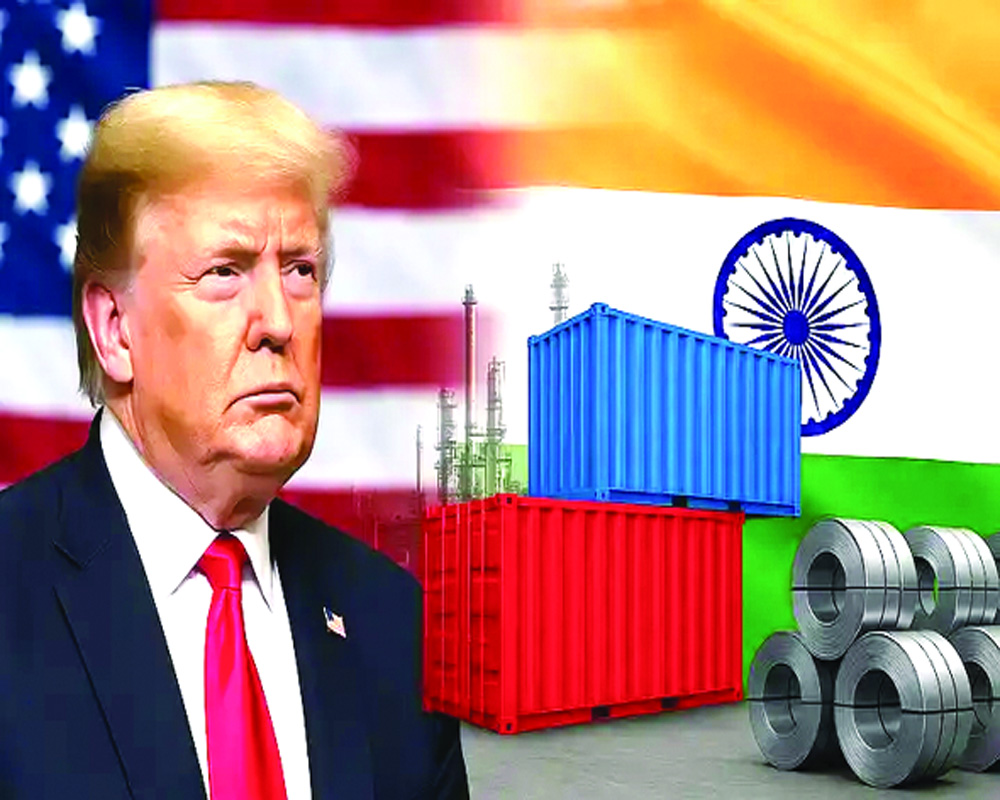President Donald Trump declared a 25% tariff on auto imports Wednesday, aiming to boost domestic manufacturing. The White House expects the move to generate $100 billion annually, though it may strain automakers relying on global supply chains.
"This will spur growth," Trump stated, emphasizing that the tariffs—effective April 3—are “permanent.” While he argues they will drive production back to the U.S., critics warn of higher vehicle costs and reduced consumer options.
Economists predict price hikes, with imported cars potentially rising by $12,500. "This hits middle- and working-class buyers hardest," said Mary Lovely of the Peterson Institute. With new cars averaging $49,000, more households may be priced out of the market.
Markets reacted swiftly, with General Motors' stock falling 3% and Stellantis losing 3.6%. Ford saw slight gains.
Foreign leaders condemned the move. Canadian Prime Minister Mark Carney vowed to defend Canadian industries, while European Commission President Ursula von der Leyen warned of negative economic impacts. "Tariffs are taxes—bad for businesses and consumers alike," she stated.
The tariffs cover both finished vehicles and parts, applying to non-U.S. content under the USMCA trade pact. The White House argues U.S. automakers have capacity to ramp up domestic production.
To soften the impact, Trump proposed allowing tax deductions on auto loan interest—provided the vehicle is made in America. However, this could offset some revenue gains from the tariffs.
This move is part of Trump’s broader trade policy, which includes new tariffs on steel, aluminum, and Chinese imports. He has also placed 25% duties on Mexico and Canada, though portions were suspended after industry pushback.
With global tensions rising, Trump’s aggressive trade strategy is set to reshape U.S. economic relations in the coming months.








 OpinionExpress.In
OpinionExpress.In















Comments (0)